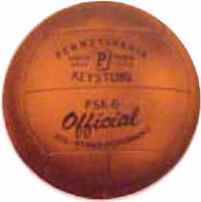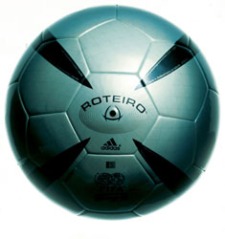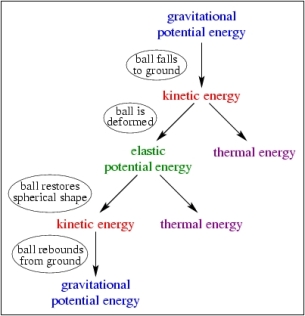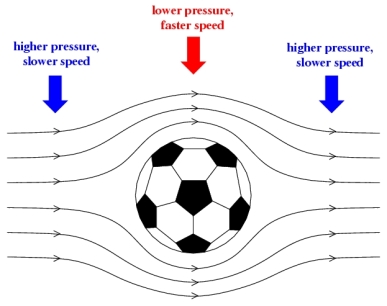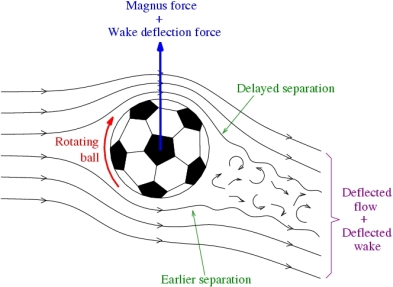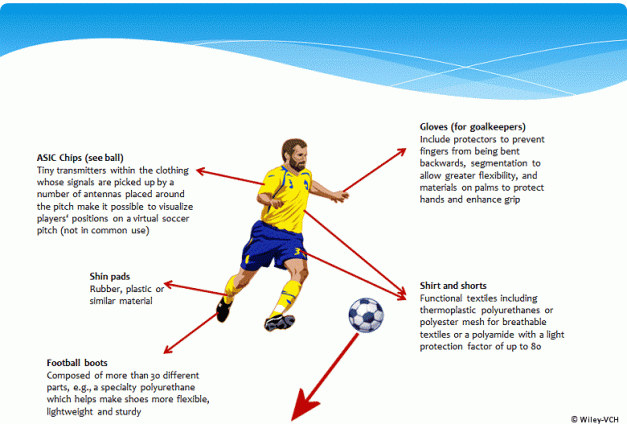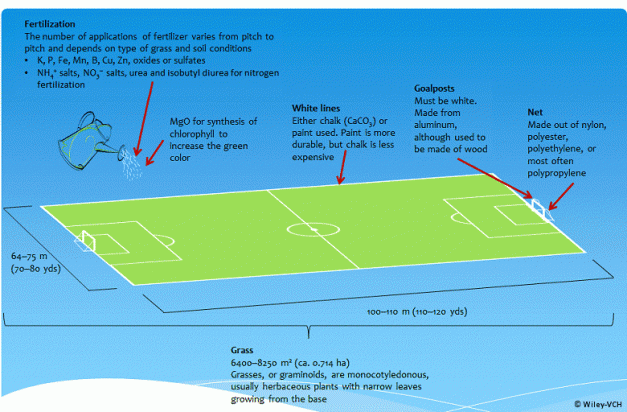The Science behind Football
In our opinion before anything, the core of football is the ball itself (!) and the fun, which we get, of kicking that thing around…

We all talk about football (aka soccer) and we do love this game… Many even proclaim themselves as football gurus (for instance when they bet, when they make suggestions on how the football coaches should lead their teams etc etc etc)…
All these matters are interesting to talk about, nevertheless, in this article we shall focus on the main core of football…
Which is the core of football some may ask… is it the teams? Is it the stadiums? Is it the academies? Is it the profits? Is it the organizations, like FIFA or UEFA?
In our opinion before anything, the core of football is the ball itself (!) and the fun, which we get, of kicking that thing around…
So let us take a look of the history that the ball brings with it and the science behind this little guy that all of us love so much…
The birth of contemporary football can be traced back to the 19th century (while some historians argue that a type of football was already been played in ancient times – like Ancient Greece, Mayans etc). It began in 1863 in England when the world’s first football association — The Football Association in England — was founded. At that time, most of the soccer balls were made of pig or ox bladder encased with leather. The major deficiencies of these balls were the difficulty of making a regular shape ball and maintaining the shape of the ball when use.
(The first vulcanized rubber soccer ball designed and built in 1855 by Charles Goodyear)
By 1900s, most balls were made of rubber bladder instead of the animals bladder while leather was still used as the covering material of balls. The use of the rubber bladders is to ensure that the ball can remain hard and avoid losing its shape. Thus these balls would bounce easier and yet could be kicked. However, leather will absorb water if it is wet. Therefore, the leather casing ball would absorb water during rain and become very heavy, which caused many head injuries at that time.
(1910 soccer ball) (1950 soccer ball) (2004 soccer ball)
In the late 1980s, the leather casing ball was replaced by totally synthetic ball in soccer competitions. The covering material of the totally synthetic ball is synthetic leather made from polymer. For high quality ball, the casing is made of the synthetic leather panels stitched together through pre-punched holes by waxed threads. The bladder of a totally synthetic ball is usually latex or butyl bladder. The ball is then inflated by pumping air into its bladder through a tiny hole on the casing. The totally synthetic ball could resist water absorption and reliably maintain its shape.
(The Internal structure of a totally synthetic soccer ball)
Nowadays, the official soccer rules called the “Laws of the game”, which are maintained by the International Football Association Board (IFAB), specify the qualities of the ball used in soccer matches. According to the laws, the soccer ball should satisfy the following descriptions:
it is spherical in shape,
its casing is made of either leather or other suitable material,
its circumference is not more than 70 cm and not less than 68 cm,
its weight is not more than 450 g and not less than 410 g at the start of the match.
its pressure inside equal to 0.6 – 1.1 atmosphere at sea level.
And IF… we were to go into further details of all the science departments that were utilized in order to evolve a football ball to today’s standards we would have to write whole books about it… But, as the saying goes “one picture, a thousand words”; let us take a quick look at the pictures below…
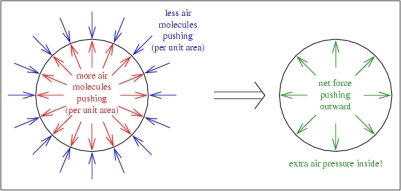 (Figure explaining the extra pressure inside the soccer ball)
(Figure explaining the extra pressure inside the soccer ball)
(The relative bounciness of different types of balls)
(Chart of energy conversion in the ball from falling to rebound)
(The pressure and speed of the air flowing at different region around a soccer ball)
(The Magnus force and wake deflection force on a soccer ball which is spinning clockwise – which enables the so called “banana shot”)
Finally, moving one step beyond, let us take a quick look at how the media, and high-tech devices, enable us to pinpoint each football player’s position, what distance that player ran during a game and so forth…
And in regards to the football field itself…
Therefore, next time that we will kick the ball around let us just remember, for a moment, that there have been, and still are, thousands of people working very hard (behind the scenes) so that we can have fun, and even dream, while playing football…
(SOURCES:
http://www.physics.hku.hk/~phys1055/lectures/chap05.html
http://www.chemistryviews.org/details/ezine/2067785/The_Science_of_Football.html
August – Des Chemikers wunderbare Welt des Fußballs,
Deike Hatscher, Sandra Knirsch, Chem. Unserer Zeit 2011, 45 (4), 296. DOI: 10.1002/ciuz.201190065
Sporting Excellence With BASF Products, Press Release 2012, P-12-275. Fraunhofer Institute for Integrated Circuits, Germany, http://www.iis.fraunhofer.de/en/bf/ln/referenzprojekte/witrackf.jsp
König Fußball, Jens Falta, Phys. J. 2006, 6 (5), 35-40)









